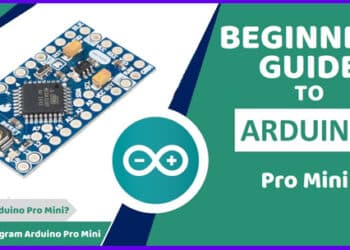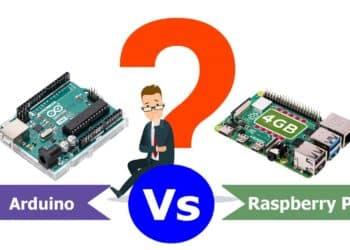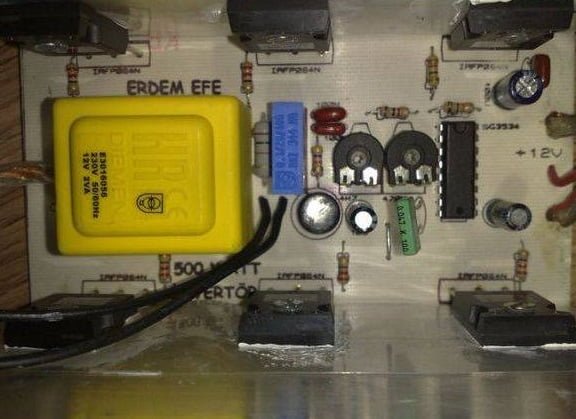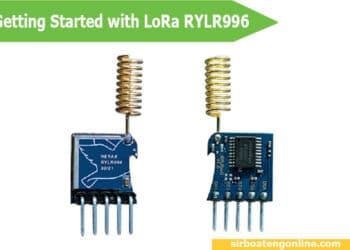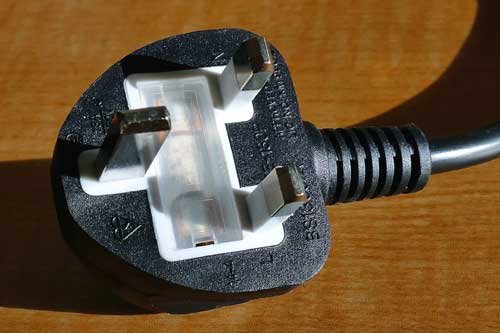Hi there! I am Boateng Oduro. If you are reading this post, chances are you want to understand and apply the principles of electricity and electronics. Of course, I can assure you that you are in the right place to understand electrical protective devices.
This is part of a series of articles and books to get you started with electrical and electronic principles. If you have already gone through the basics, you can start building a simple FM transmitter here.
Also if you are interested in microcontrollers and embedded systems, you can learn how to program the Arduino here
Table of Contents
Now, what is electrical protection?
Electrical protection refers to the precaution taken to protect an electrical installation work and equipment against damage. This goes a long way toward how we can minimize the occurrence of fire and electric shock.
The elements of a protection system are transformers, relays, fuses, circuit breakers, and earthing systems among others. These devices are called electrical protective devices. They are very necessary to protect the individual from electric shock and also equipment and installation from severe damage.
Selecting a protective device.
Qualities of good protective devices
A lot of factors are taken into consideration when selecting a good protective device. In most cases, installation type and size may determine the type of protection needed.
Recently, fuses are gradually being replaced by circuit breakers. It is, however, worth noting that despite installation type, size and any other factor, it is still a requirement that every good protective device must have the following qualities:
- Sensitivity
- Reliability
- Speed of operation
- Selectivity
Sensitivity: This is the ability of a protective device to respond very early to a fault. Preferably at the very start of the fault. Sensitivity, therefore, refers to the minimal changes in the measured parameter. Such as fault current, and earth leakage current that the system can react to.
Reliability: This is the ability of a protective device to operate under fault conditions without any difficulty. This means that when a protective device is reliable it must operate whenever required.
Speed of operation: Speed of operation refers to how fast the protective device operates. In other words, it ensures that the extent of damage caused to the installation or circuit is minimal.
Selectivity (discrimination): Selectivity is the ability of the protective device to select and disconnect only the affected parts of the electrical installation. Selectivity differentiates between conditions, which require immediate action, and those, which do not.
Every protective device must, therefore, be able to recognise faults in its own protected equipment and outside its protective areas.
Also, check these posts on sirboatengonline.com
Types of Electrical fault
Electrical protective devices are employed to protect an individual from electric shock, and also electrical equipment and installation from severe or further damage when a fault occurs.
In other to understand the types of electrical protective devices and how they are able to protect electrical equipment, installation or an individual, brief knowledge of electrical fault is paramount.
What is an electrical fault?
An electrical fault is an abnormal operation or behaviour of equipment or installation. When equipment is consuming a huge amount of electric current other than what it is designed to consume, the equipment is faulty.
Also, if the metallic part of an electric machine is producing an electric shock, there is an earth fault somewhere. The common types of electrical faults that occur in an electrical system are over–current and open–circuit faults.
Over-current fault (protective devices)
Over-current fault just as it sounds is an excess of current in an electrical circuit. In other words, over–an current fault is said to have occurred when the current is greater than the rated value flow in a circuit.
An over–current can be caused by;
- Overload: An overload occurs when you draw more electricity than what the installation or a circuit can safely handle. This is very common in electrical installation when a single socket is connected to many devices. When all the connected devices are turned on at the same time, the current flowing through the installation conductors will exceed its maximum limit.
- Short circuit: short circuit occurs when there is direct contact between
live and neutral conductors. In a 3-phase star system, a short circuit may occur between phase–to–phase or phase–to–neutral. On the other hand, in a 3-phase delta system, a short circuit may occur between phase – to – phase only. A short circuit releases a very huge amount of current which can burn circuit conductors and other installation components at the very onset of the fault if protective devices failed to operate. Short circuit faults are therefore the most dangerous fault in any electrical installation which requires an effective protective device. - Earth or ground fault: Ground fault occurs when the live conductor gets into contact with the chassis or the metallic part of the equipment. Since the earth’s protective conductors are connected to the metallic parts of the equipment and the neutral is also connected to the general mass of the earth at the power utility distribution side, the metallic parts are therefore considered a virtual neutral which will cause a short circuit when getting into contact with the live conductor.
- Arc fault: An arc fault occurs when loosed or corroded connections make intermittent contact causing sparking between the connections. This sparking will turn into heat which can break down the conductor’s installation, increase excessive current flow and possibly trigger an electrical fire. To protect an installation from this type of fault, the arc-fault circuit interrupter (AFCI) is normally used.
Open–circuit fault (protective devices)
Sometimes called a broken conductor is a type of fault where the current path is interrupted. It is normally associated with a break in the wiring or loosening connector which can cause the current to cease.
Though open circuit faults in the electrical installation can affect the supply of electricity to consumers and tracing the exact place of the fault is somehow very difficult, this type of fault is not fatal as compared to short circuit faults.
You should also check some facts about the Transistors used for this FM transmitter project. You can build it yourself.
Practically, there is no need for protection against open circuit faults in electrical installation. The best practice to avoid open circuit fault is to use the proper conductor size, fitting all joints and termination points firmly and in the final circuit encouraging the ring method of wiring.


